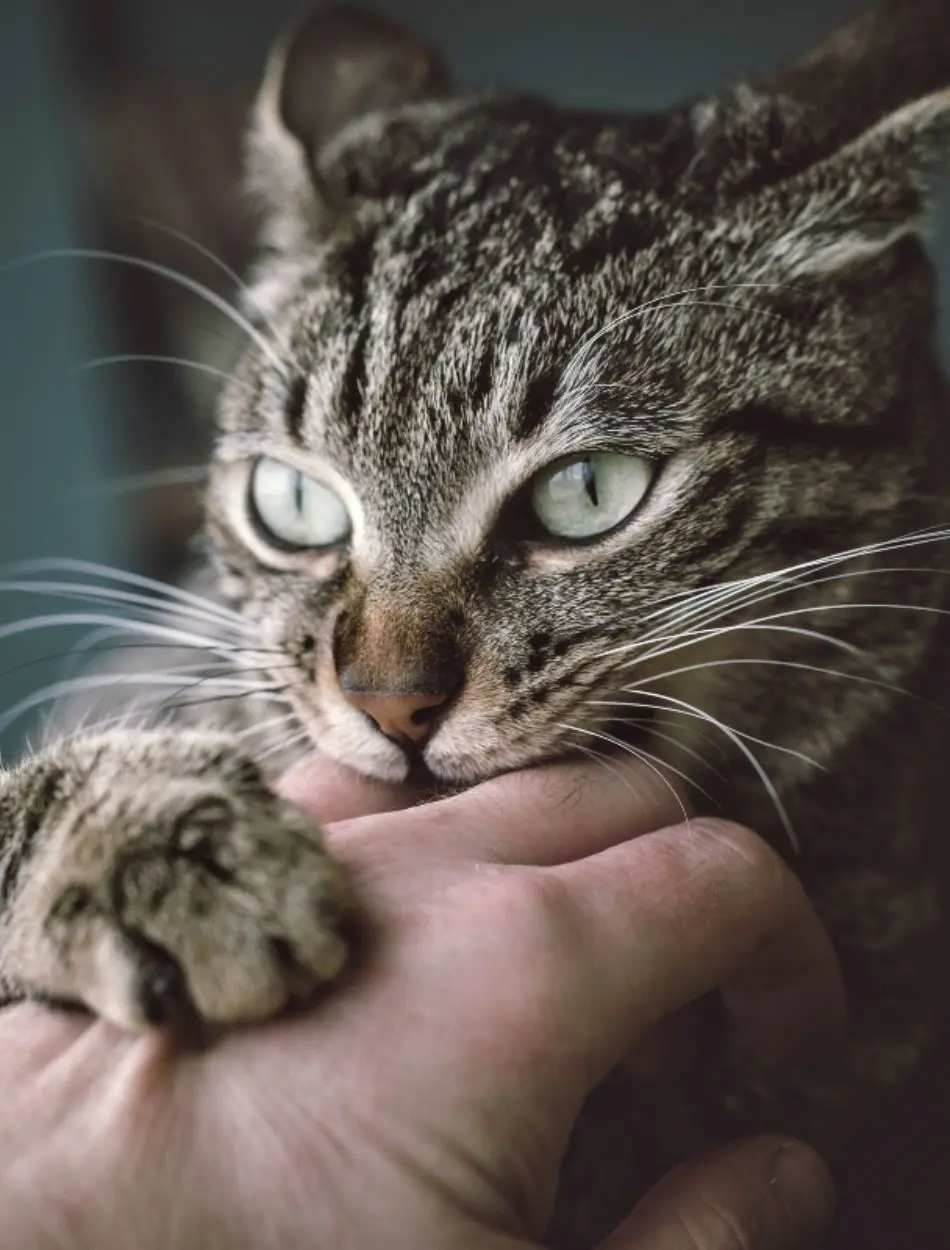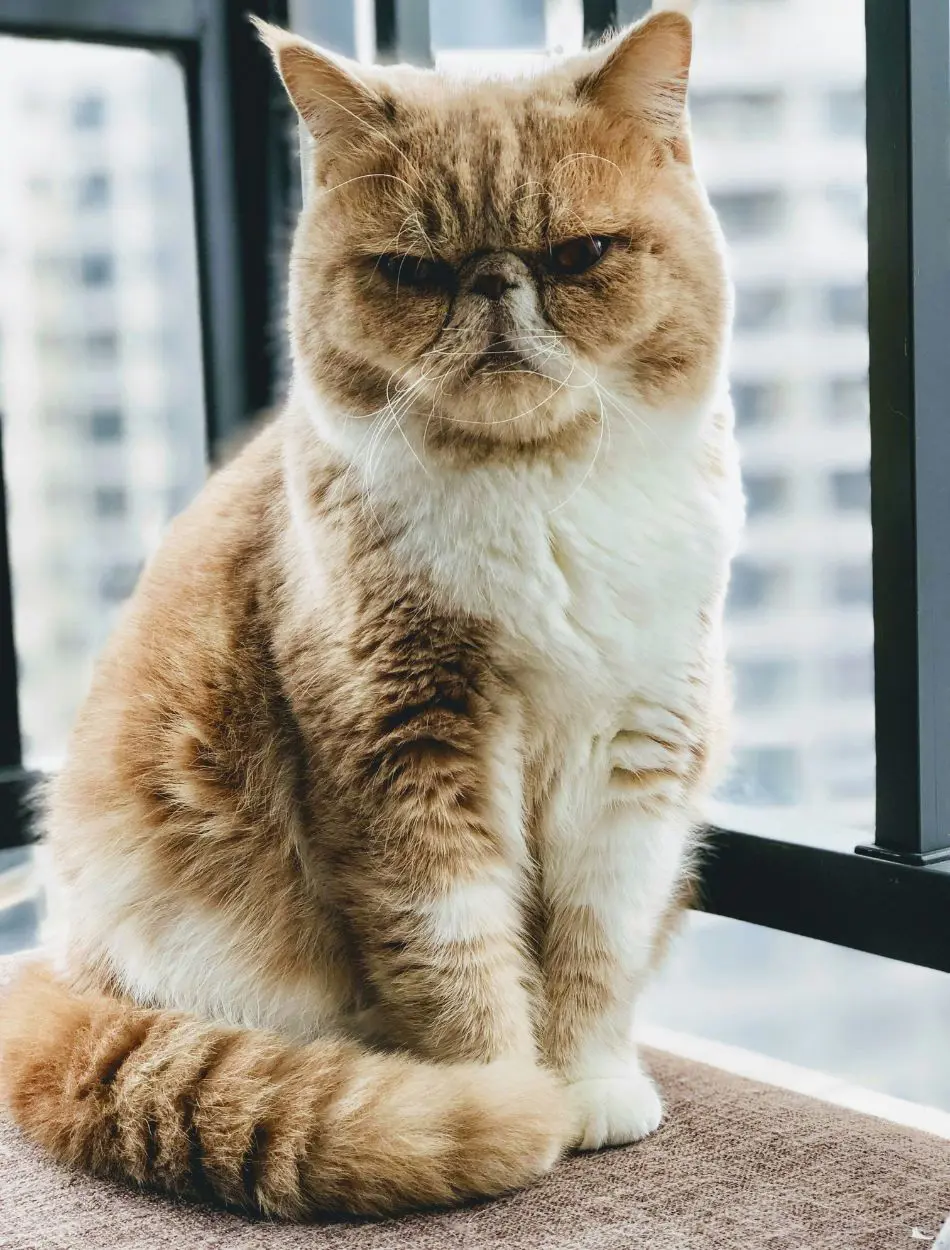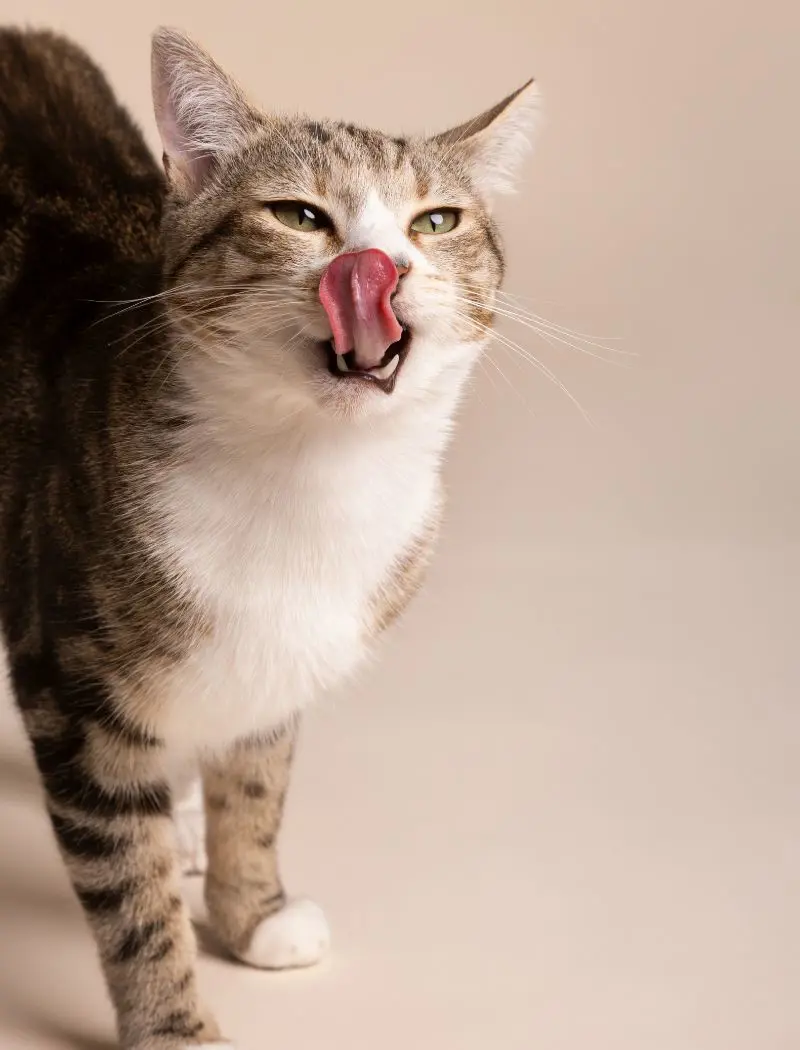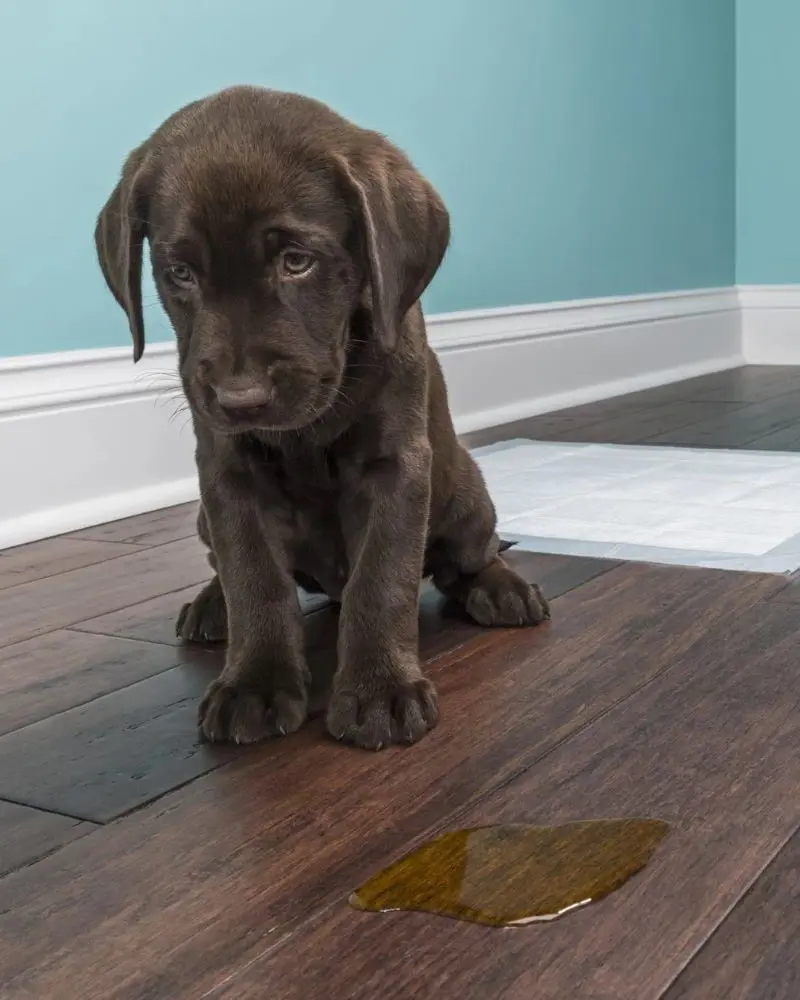16 Signs Of Cat Eye Discharge
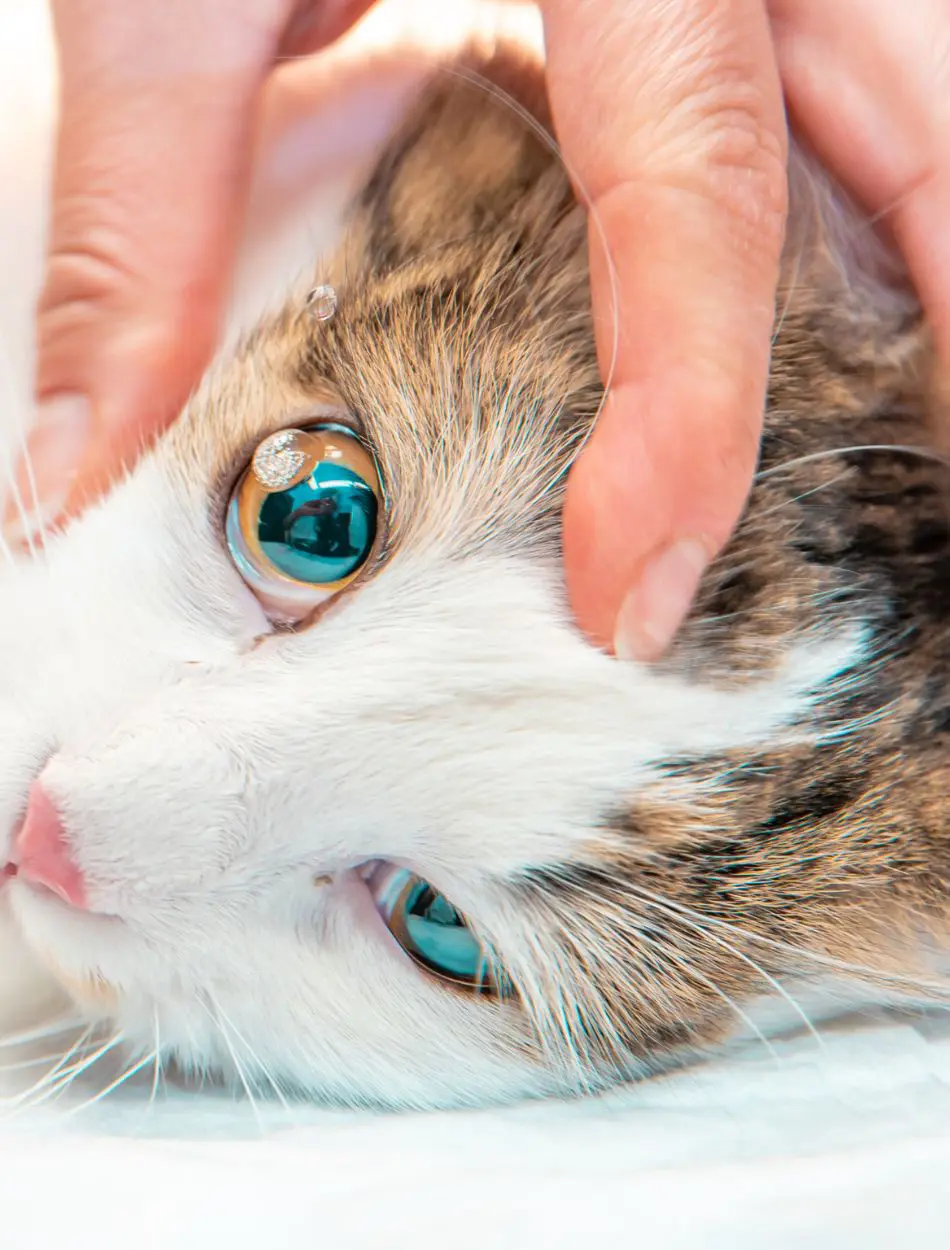
Eye discharge is a common and concerning issue in cats. It can indicate various health issues ranging from harmless, mild irritation, to serious conditions. If you are a cat owner, it is crucial to understand the various signs associated with eye discharge.
The causes of eye discharge can range from clear, watery eyes to severe symptoms such as eye-bulging or changes in eye color. Understanding the signs, recognizing it early, and treating the cat in time can help preserve your cat's vision and overall health. This article includes 16 signs of cat eye discharge.
1. Clear, Watery Discharge
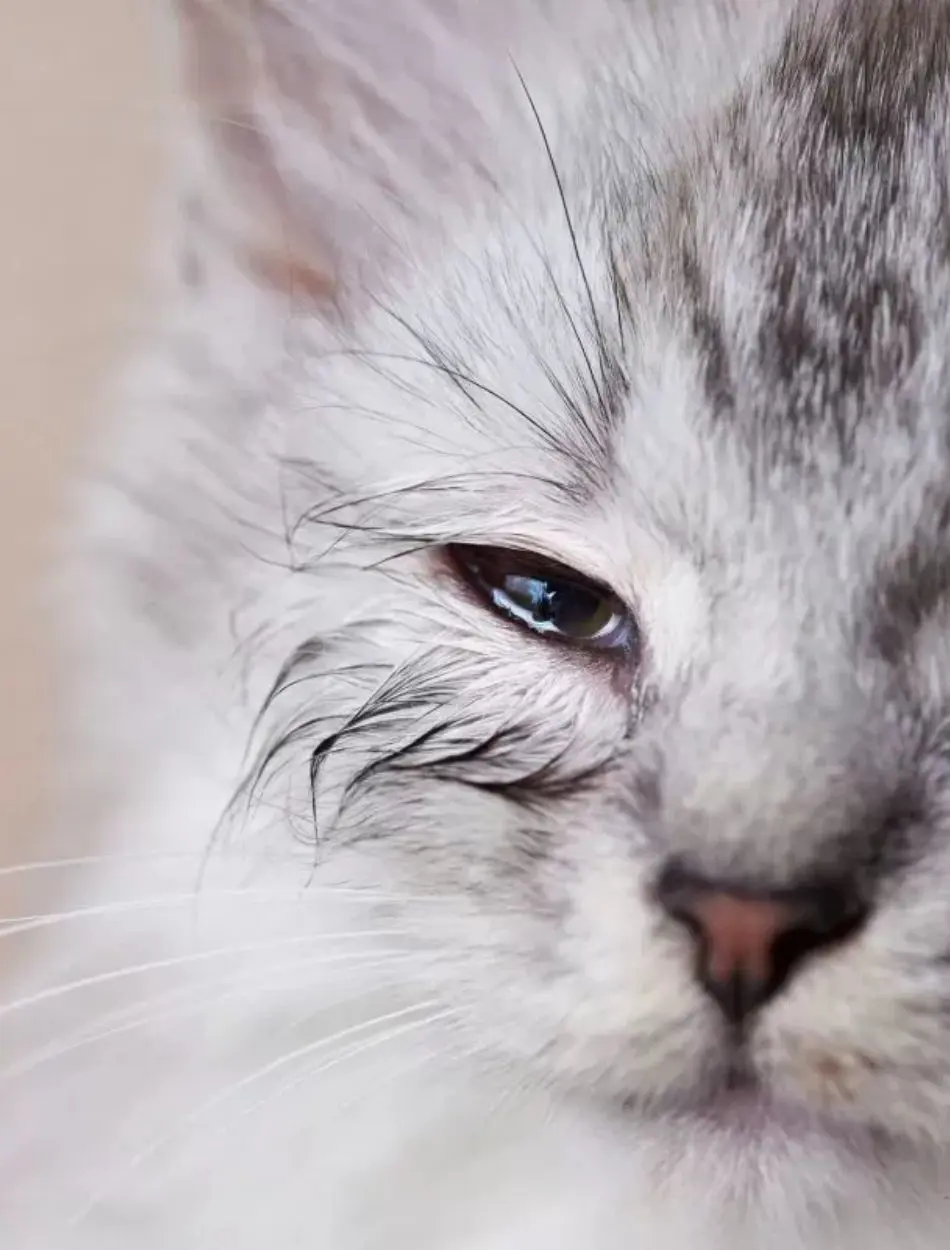
If you see clear, watery discharge coming out from your cat's eye, it might be because of mild irritation or allergies. When your cat's eyes are exposed to dust, pollen, or certain chemicals, they are likely to discharge these watery liquids. Environmental factors such as wind or cold air also play a part in this discharge.
If small particles such as dust, sand, or plant material get into your cat's eye, there is production of tears to move the foreign object. Moreover, inflammation hereditary issues can block the tear ducts resulting in overflow of tears onto the face instead of draining normally. Moreover, overgrooming around the eyes can also irritate and result in watery discharge.
2. Yellow or Green Discharge
Yellow or green eye discharge in cats can be an indication of a bacterial or viral infection. These discharges are thick and sticky and can crust over the fur around the eyes. It is yellow or green as the immune system responds to an infection by producing pus.
One of the common causes of yellow or green discharge in cats is conjunctivitis, which can be caused by bacterial and viral infections, allergies, or irritants. Another cause of the discharge is a bacterial infection that can happen either independently or as a secondary infection after a viral illness.
Following this discharge, the eyes of a cat may become red and swollen. They may also continuously squint their eyes or keep it partially closed indicating discomfort and irritation.
3. Crusty Build-up
Crusty build-up around a cat's eye is caused due to dry eye discharge that accumulates and hardens on the fur in the corner of the eyes. When a discharge that is generally watery, mucous-like, or pus-filled is dried out, this crust build-up is formed. The build-up can appear in different colors such as yellow, brown, or dark patches.
The formation of this build-up indicates issues such as conjunctivitis, blocked tear ducts, or an infection. When the tear duct is blocked, it prevents normal drainage of tears, resulting in them overflowing and drying on the skin and fur. Therefore, these overflowing tears lead to the formation of crusty build-up in the inner corners of the eyes.
4. Red or Swollen Eyes
If your cat's eyes are red or swollen, it can signify inflammation or irritation caused due to various reasons. Red or swollen eyes mean that the tissues around the eyes, including the conjunctiva, are experiencing increased blood flow and holding the fluid.
Red eyes can be caused by conjunctivitis, an inflammation of the conjunctiva. Exposure to pollen, dust, certain foods, or chemicals may cause an allergic reaction which can lead to redness and swelling of eyes, accompanied by watery discharge. Following the infection, the cat can squint or blink often due to discomfort and pain. Moreover, some cats also avoid bright lights as they develop discomfort when exposed to light.
5. Excessive Tearing
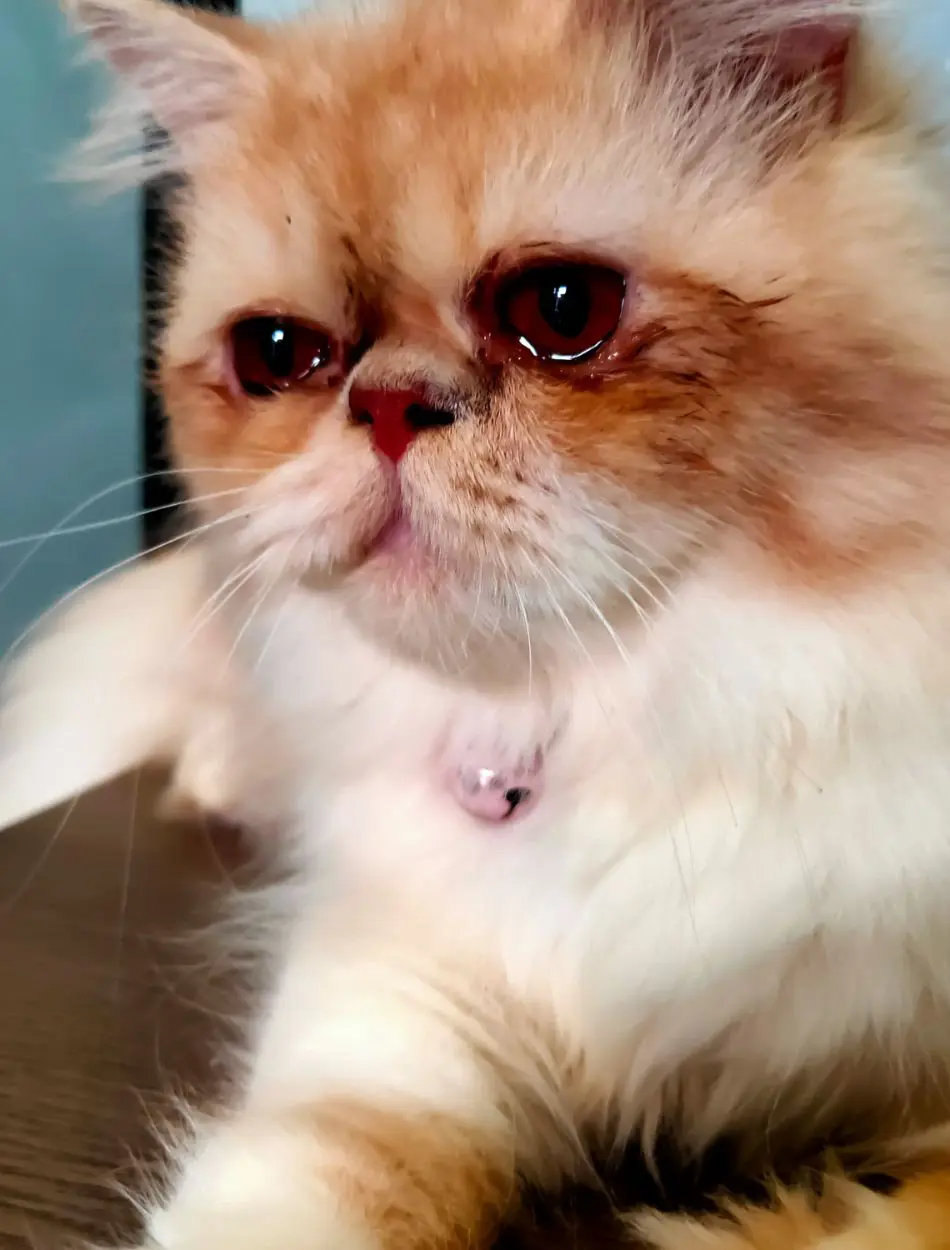
Excessive tearing in cats, also known as epiphora, is a condition in which the eyes produce more tears than usual. The condition leads to an overflow of tears and runs down the face, resulting in wet fur around the eyes.
If your cat's eye has small particles or debris trapped, it can cause irritation and lead to increased tear production. This is because the eye tries to flush out the foreign material through the production of tears. Other causes of excessive tearing are blocked tear ducts, conjunctivitis, allergies, eye infections, etc.
If your cat continues to tear excessively and shows signs of pain or discomfort such as avoiding light, it is important to seek veterinary care and treat your cat.
6. Squinting or Blinking
Squinting or blinking in cats is a common sign of eye discomfort and can signify various issues ranging from minor irritation to more serious conditions. If your cat is continuously squinting or blinking, it may mean that they are trying to relieve the discomfort and protect their eyes from further irritation. There are a few causes of squinting or blinking of eyes in cats that must be understood to treat them.
Irritation due to dust, chemicals, or foreign bodies can cause discomfort and make your cat squint or blink eyes continuously. They may do this to release themselves from the pain and discomfort caused by the irritants. Dry eye, which is caused by a lack of sufficient tear production, is another cause of it. It can lead your cat to squint and blink to stimulate tear production.
7. Rubbing Eyes with Paws
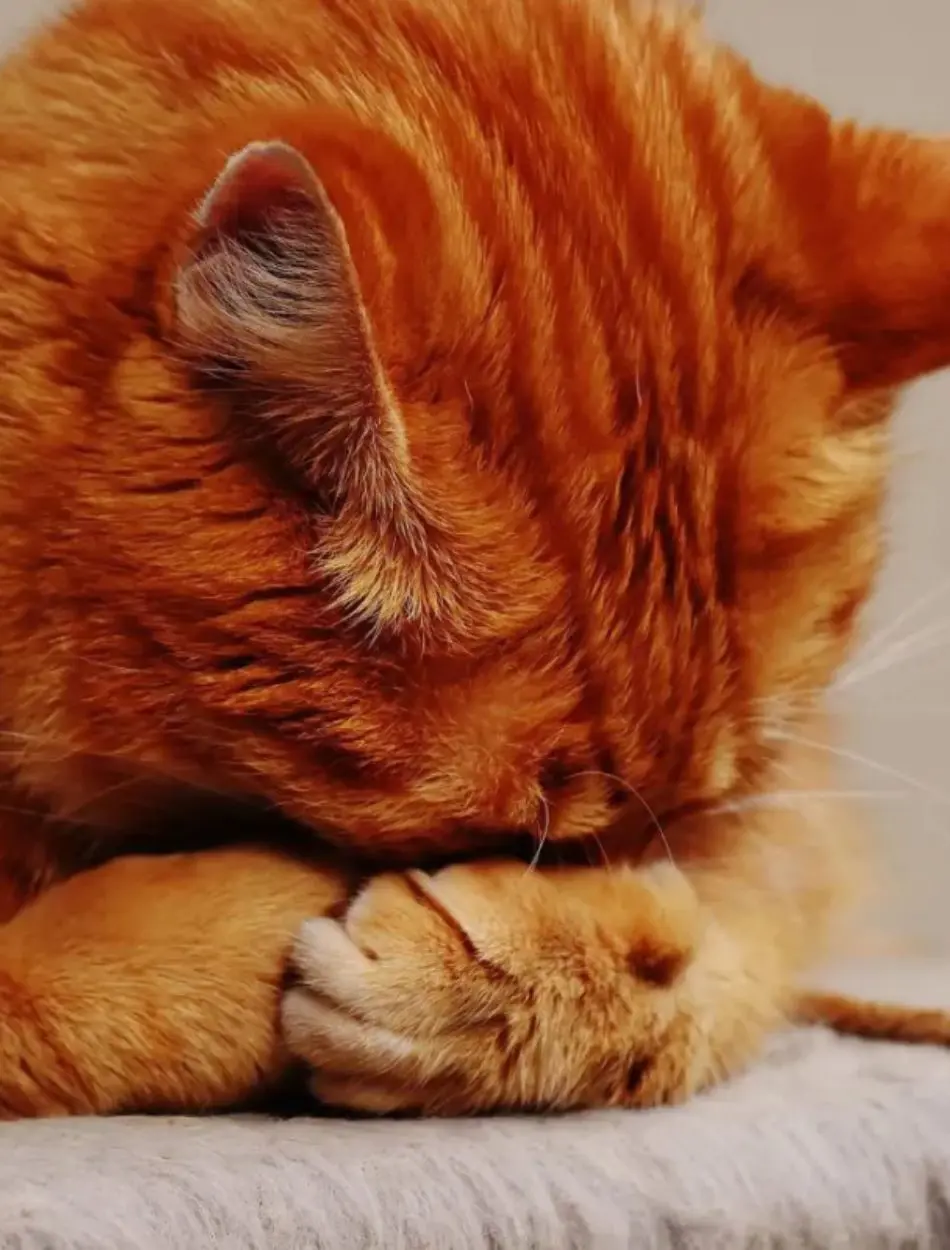
If your cat is continuously rubbing its eyes with its paws, it may indicate discomfort or irritation. Your cat may do so to reduce the sensation or remove foreign bodies that may be bothering them. It also helps relieve itchiness, clean discharge, and deal with other forms of discomfort.
Irritation due to dust, pollen, or other environmental irritants can cause eye irritation in the cat's eye. Due to this reason, they may use their paws to scratch or rub the affected area. Bacterial infections can result in itching and discomfort which may prompt the cat to rub its eyes. Other causes of it are allergies, dry eye, foreign bodies, and eye injuries.
8. Cloudy Eyes
Cloudy eyes in cats are a condition caused due to changes in the appearance of the cornea. This can affect the cat's vision because when the eyes appear cloudy, they may look hazy or opaque. It is a sign of various conditions that may range from mild to severe.
One of the common reasons for cloudy eyes is cataracts, which causes the lens to become cloudy or opaque and may lead to vision impairment. Sometimes, cloudy eyes can be caused due to the displacement of the lens from its normal position. If your cat's eye remains cloudy or the condition worsens over time, make sure not to waste time and take your cat to the veterinary immediately.
9. Mattes or Sticky Fur Around Eyes
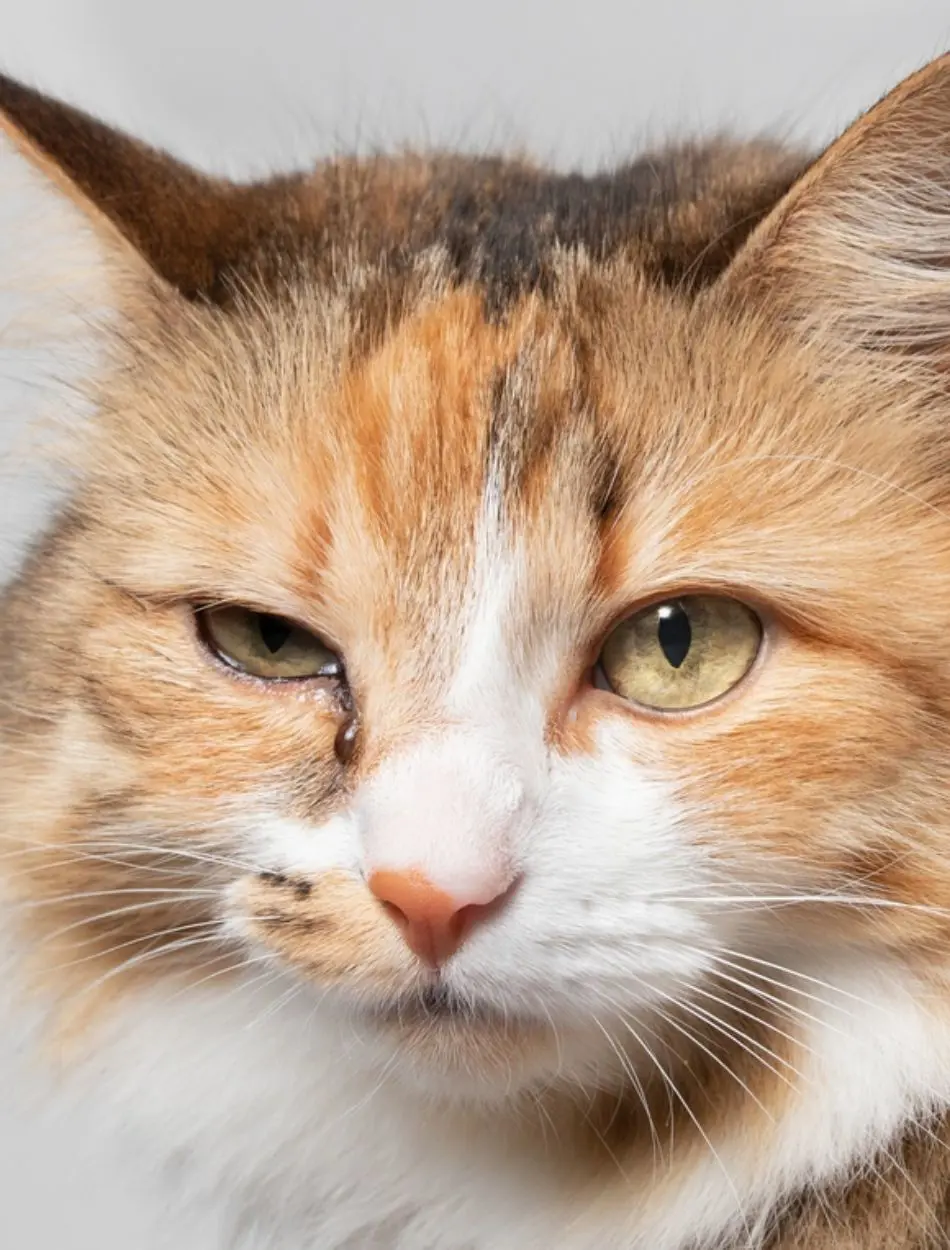
Mattes or sticky fur around a cat's eye is another sign of ongoing eye discharge. It is caused when eye discharge dries and results in the creation of crusty or sticky residue that mats the fur around the eyes. If your cat is suffering from some chronic eye discharge, the fluid can dry on the fur around the eyes. This can lead to sticky matted fur and can be a result of infections or allergies.
Excessive discharge can happen due to viral and bacterial infections and can result in dry, crusty, and sticky fur around the eye of a cat. Overflow of tears due to blocked tear ducts can also cause sticky fur around the eyes. They may not be visible initially, however, over time this stickiness can become more prominent. Moreover, other causes such as allergies, foreign objects in the eye, and eye injuries can lead to mattes or sticky fur around the eyes.
10. Visible Third Eyelid
A visible third eyelid in cats is a condition that is not generally visible, but if it becomes more prominent, it can signify an issue that requires attention. There are several causes of the visible third eyelid, and one of them is illness or infection. If your dog is suffering from conjunctivitis, a condition caused due to inflammation of the conjunctiva, it can cause the third eyelid of your cat to be more visible.
Eye injuries and foreign bodies also result in a visible third eye as a result of trauma caused to the cornea. The third eyelid becomes more visible as it tries to protect the eye from further harm. Parasites such as fleas or worms can cause discomfort and inflammation that can lead to a third eyelid. Dehydration, malnutrition, eye conditions such as uvea or glaucoma, and other discomfort can also cause the third eyelid to become more visible.
11. Sneezing and Nasal Discharge
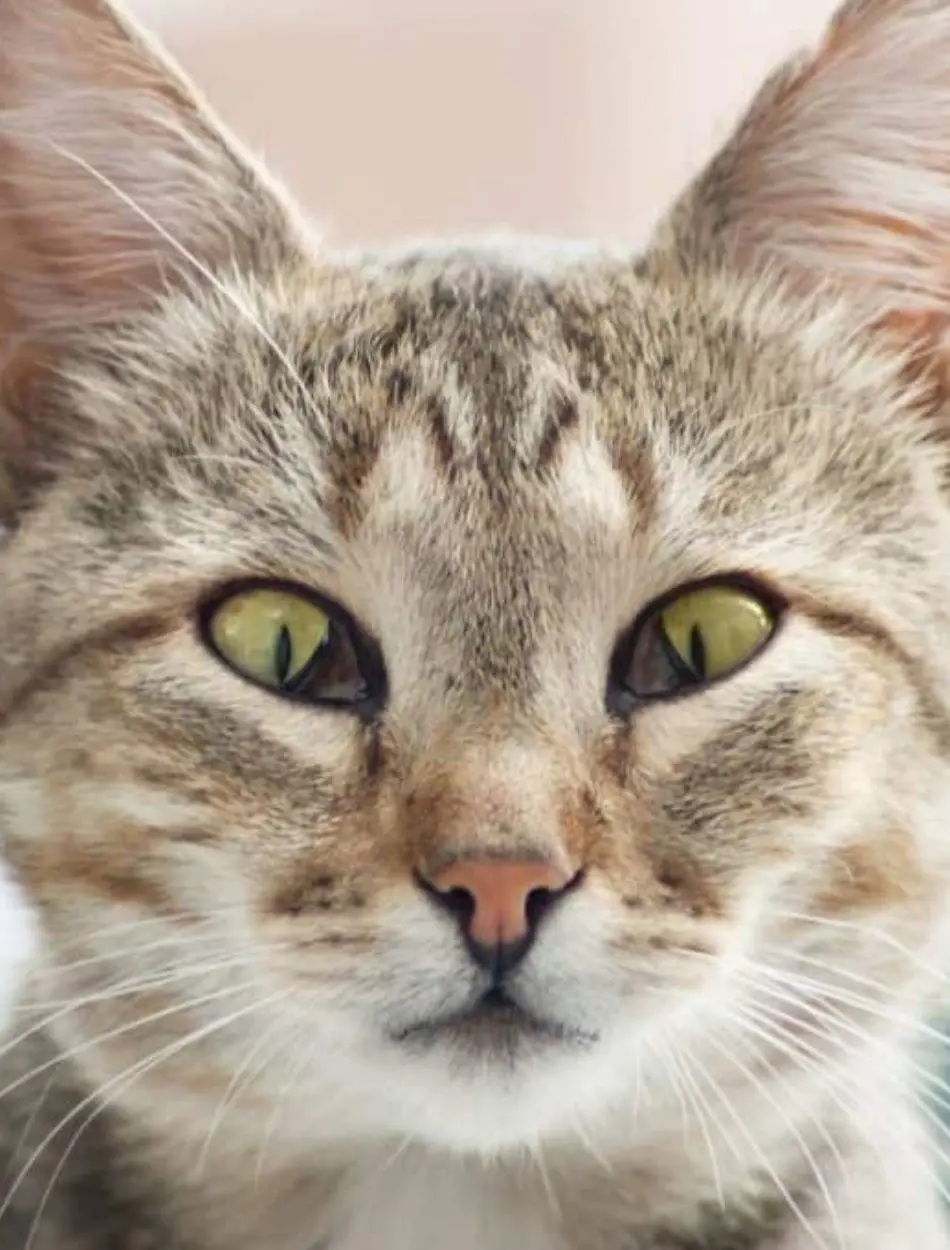
Sneezing and nasal discharge is another sign of discharge in cats. It can be a symptom of various conditions ranging from mild irritations to more serious infections. The most common causes of sneezing and nasal discharge are viruses and bacteria. They can lead to infections and can cause sneezing, nasal discharge, and sometimes conjunctivitis.
Environmental allergens are another major factor that can cause this. Pollen, dust, mold, and other allergens can trigger sneezing and nasal discharge, resulting in itchy eyes and skin. If your cat has infections or inflammation of the sinuses, that can also lead to sneezing. Other causes of sneezing and nasal discharge are foreign body insertion, dental issues, fungal infections, and parasites.
12. Discharge Accompanied by Fever
If your cat is suffering from an eye discharge accompanied by a fever, it signifies a more serious health issue that requires veterinary attention. While there are many causes of it, the first one is viral and bacterial infections. Viruses such as feline herpesvirus (FHV) and calicivirus can cause both eye discharge and fever. Moreover, bacterial infections can lead to pus-like eye discharge and fever.
Severe conjunctivitis can lead to significant eye discharge and fever as the body responds to the infection. Formation of puss in or around the eye or anywhere else in the body can also cause fever. It can even lead to eye discharge as the infection spreads or as the body responds to it. Therefore, if your cat has both eyes discharge and a fever, it is recommended to seek veterinary help as soon as possible.
13. Lethargy or Decreased Appetite
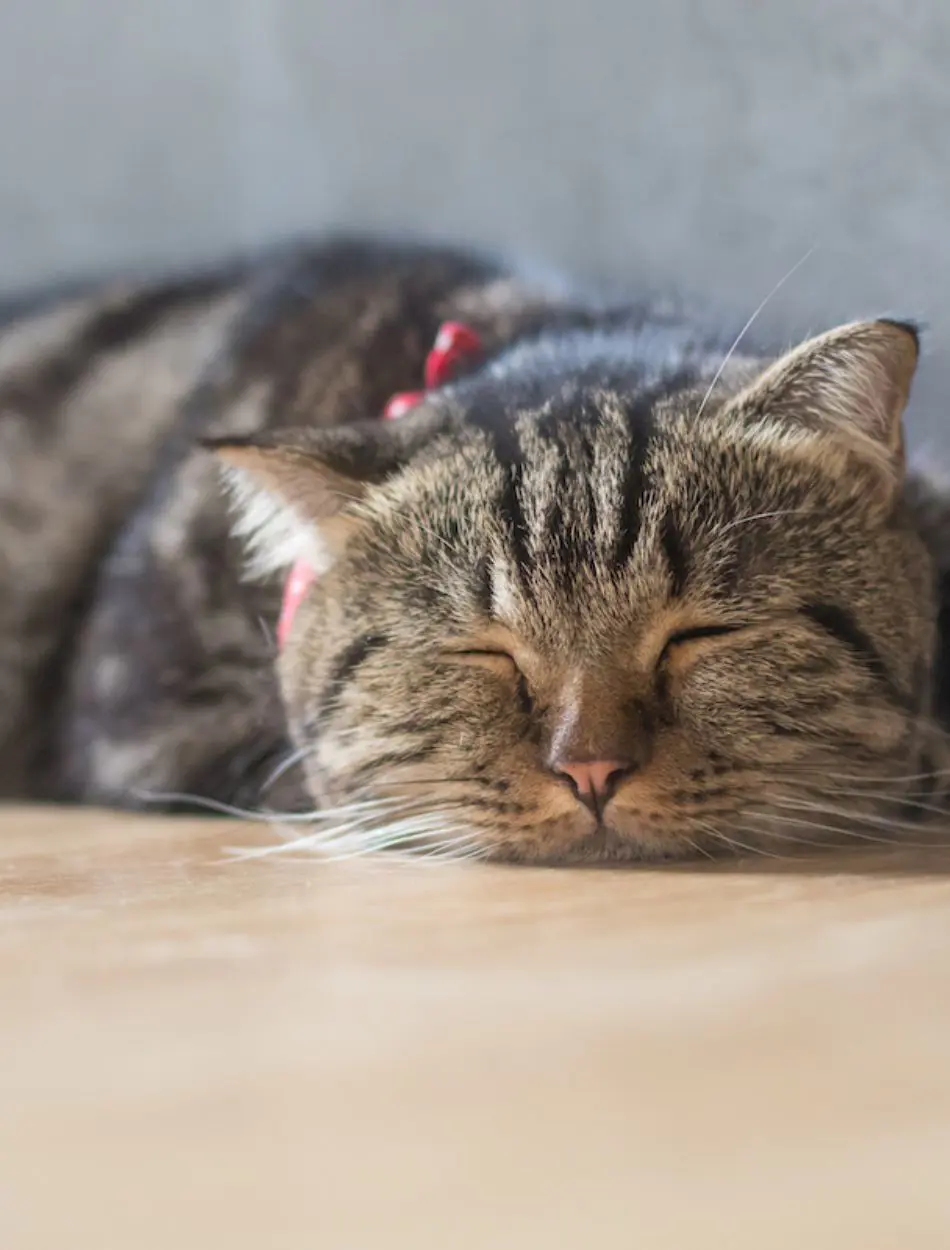
If your dog suffers from lethargy and decreased appetite alongside eye discharge, it can indicate a potential health issue. Infections caused by viral and bacterial infections can lead to lethargy, decreased appetite, and eye discharge. Cats affected by these infections can be less active and tend to eat less than their normal capacity.
Conjunctivitis can be caused due to infections like chlamydia or mycoplasma. If the infection spreads and becomes severe, it can cause the cat to become lethargic and lose its appetite. When a cat has an abscess near the eye, they may feel uncomfortable and uneasy resulting in them being sluggish.
If your cat is not eating or drinking enough, they can be dehydrated and are likely to become lethargic and inactive. An imbalance in electrolytes can also make your cat lazy and inactive. Exposure to toxic plants, chemicals, and medications can also cause sluggishness and decreased appetite if the toxin affects the nervous system.
14. Red or Bloodshot Eyes
Red or bloodshot eyes are symptoms that signify irritation, inflammation, and other health issues affecting the eye. This is caused when the blood vessels in the white part of the eye become enlarged and more visible, giving a red or pinkish appearance to the eye.
One of the causes of bloodshot eyes is conjunctivitis. It also causes eye discharge, squinting, and swelling of the eyelids. Depending on whether the cause is viral, bacterial, or allergic, the discharge can be clear, yellow, or green.
Uveitis, a condition in which the uvea, the middle layer of the eye that includes iris inflammation, is another cause of red eyes. It can also cause cloudy eyes, eye pain, light sensitivity, and changes in the size or shape of the pupils. Other causes of red or bloodshot eyes include glaucoma, eye trauma, and injuries.
15. Change in Eye Color
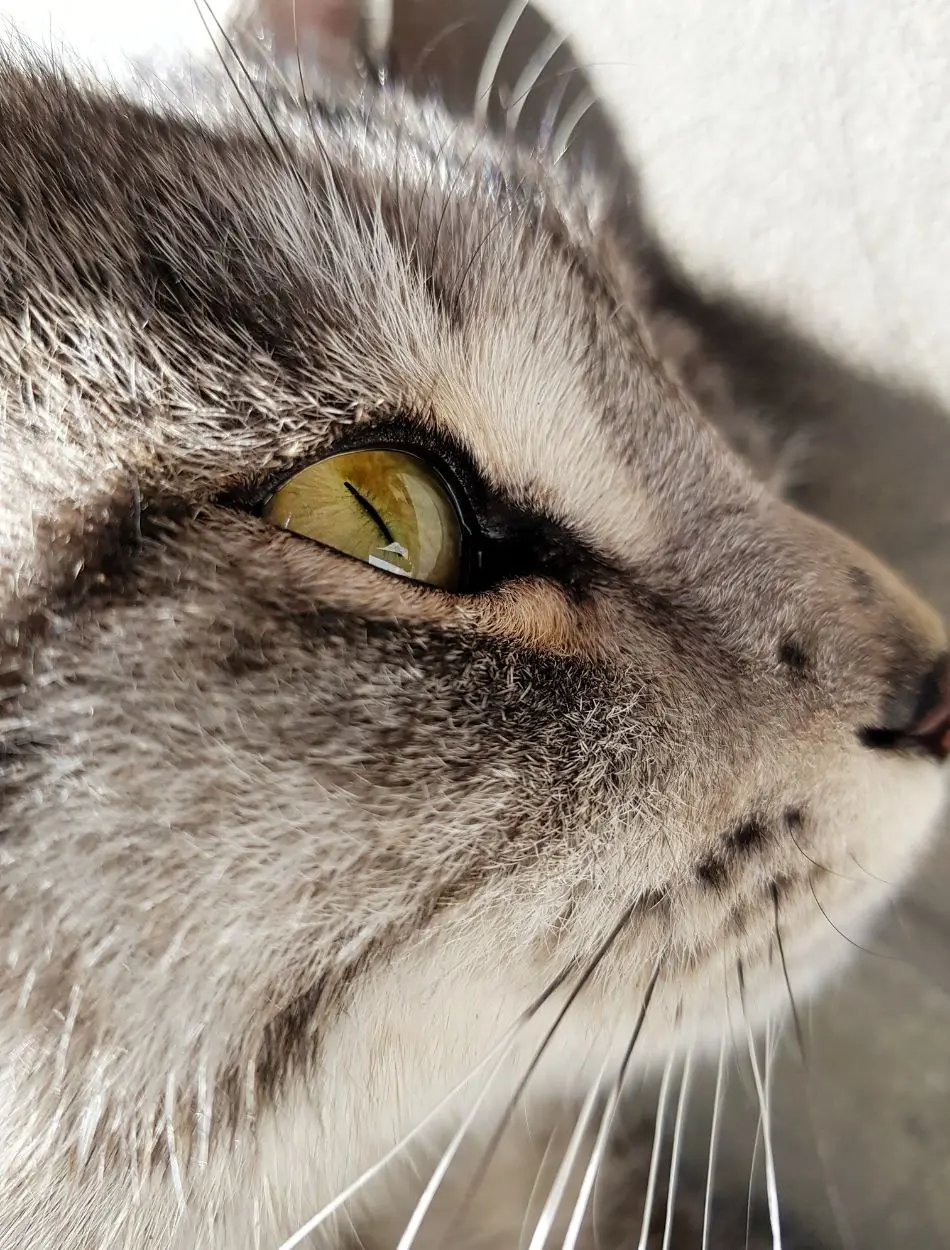
Change in eye color is another sign of discharge that can be seen in cats. The color of your cat's eye may appear dark, or light and even change in hues in the iris or overall eye appearance. While the change in eye color in "kittenhood" can be normal, it could be a cause of concern after the cat ages.
A sudden change in eye color in a short time can indicate an eye infection or an even more serious condition. One common cause of this is uveitis, a condition which causes the eyeball of a cat to inflamate. The condition can do permanent damage if left untreated.
If your older cat's eyes return to their original color, there is a chance that they may have experienced eye damage or are going blind. Glaucoma is a condition caused by increased pressure inside the eye leading to optic nerve damage. In some cases, it can cause the eye to appear bluish or cloudy due to the swelling of the cornea. Other causes include corneal disease, injury, and pigment changes.
16. Eye Bulging or Protrusion
Eye Bulging or protrusion is a condition in which either one or both eyes appear to push outward from their normal position in the eye socket. It is also one of the signs of discharge in cats and is often caused due to conditions such as glaucoma, infections, or orbital tumors that produce discharge.
The increased pressure, inflammation, and swelling behind the eye pushes the eye outward, leading to discomfort. Moreover, the eye produces discharge as it tries to cope with the issue. The discharge can be clear, cloudy, or pus-like, depending on the specific cause of the eye bulging.
Recent posts
Cats
Cat Tail Language And Its Meaning
Cats with their fiercely independent yet charming personalities, tend to leave us in suspense regarding what may truly be on their minds. While the eyes, ears, and much of body language often give some hint, the tail is one of the clearest indicators...
How Cat Love Bites Happen And Its Respond
You may wonder about the various activities of your cats, among which you may wonder about their biting you, mainly while you are petting them. You may wonder how bites happen and how to deal with them. As the term suggests, it is known as kibble and...
18 Reasons Why Your Cat Nose Is Dry
The nose is a very vital part of a cat's health and provides information about whether or not a cat is well or ill. Many pet owners believe that if a cat possesses a dry nose, then it must be ill. But that is not the case, it may include the environm...
Why Is My Cat Not Drinking Water
Cats are notoriously finicky when it comes to water consumption, and it's natural to worry if your canine companion isn't drinking as much as you expect. From environmental preference to a simple behavioral quirk, many factors can contribute to the c...
Why Is My Cat Nose Wet?
If you have a pet cat, you might have noticed their wet nose and wondered why my cat's nose is wet. Does a cat's wet nose signify something or is it very normal? these questions might have popped up in your head at least once. It is normal for ...
18 Reasons Why Your Cat Is Snoring
While it may seem cute or amusing, snoring in cats can also be an indication of several underlying health problems that pet owners need to know about. Some light snoring is typical for certain cats, however steady or noisy wheezing could demonstrate ...

